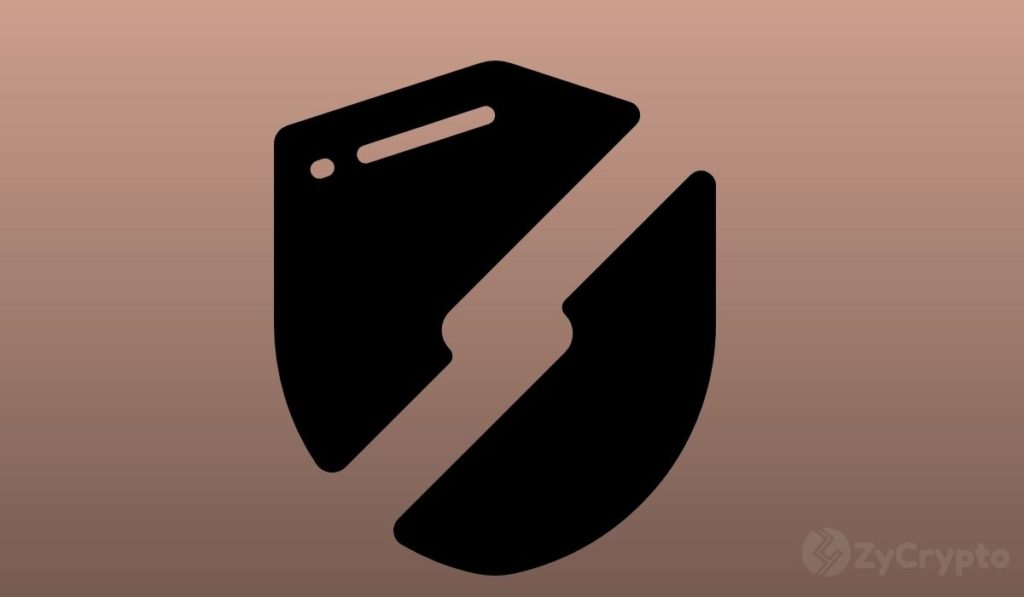
2021-11-10 23:15 |
Ethereum’s transition to 2.0 may be blighted by serious attacks in the future.A research firm identifies three methods such attacks could be carried out on the network.Top Ethereum developer allays fears and offers multiple fixes to the hypothetical security breach.
The entire cryptocurrency ecosystem is waiting with bated breaths over the highly anticipated Eth 2.0. With every innovation, there may be hitches along the way but Ethereum cannot afford to experience security breaches after the switch.
Potential Security BreachesA group of researchers has identified three potential scenarios for attacks against Ethereum’s Proof-of-Stake network. Two scenarios have been identified in the past and the third was discovered as a result of combining the techniques from both scenarios.
The paper was written by researchers from Stanford including Casper Schwarz-Schilling, Joachim Neu, and David Tse. The first scenario involved a situation where “short-range reorganizations of the underlying consensus chain are used to increase individual validators’ profit.” The second is the leveraging of adversarial network delay that could stall consensus decisions on the network. To simulate the potential severity of the attacks, the researchers lessened the requirements for the trigger which revealed a third risk for the network.
“Combining techniques from both refined attacks, we obtain a third attack which allows an adversary with a vanishingly small fraction of stake and no control over network message propagation to cause even long-range consensus chain reorganizations,” states the research paper. “Honest-but-rational or ideologically motivated validators could use this attack to increase their profits and stall the protocol.”
These situations pose unhealthy risks to the safety of Ethereum’s Proof-of-Stake. Ethereum is already riding in full gear towards the transition to Proof-of-Stake after the successful Altair upgrade. It is generally believed that the switch will occur at a date in 2022 and will be the answer to Ethereum’s high gas fees.
The Solution To The ThreatsIn response to the pertinent questions raised by the researchers, Danny Ryan, the lead researcher of the Ethereum 2.0 rollout has penned his reply. He confirmed that the hypothetical situations raised are “serious attacks” that if left unattended to, “can threaten the stability of the beacon chain”.
He allays the fears of users by saying that the issues can be resolved through the use of two simple fixes. The first is through the use of “proposer boosting” and “proposer view synchronization.” He goes on to state through Ethereum’s blog that proposer boosting has been studied in depth by Stanford researchers and has been implemented by Teku, an Ethereum 2.0 client for institutional staking.
According to Ryan, the second solution is still in the early stages of formal analysis but offers a great deal of promise for the future of the asset. He states that deploying the fixes will not affect the timeline of the Merge and that it can be done without the need for a hard fork.
origin »Ethereum (ETH) íà Currencies.ru
|
|

















